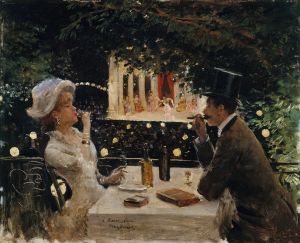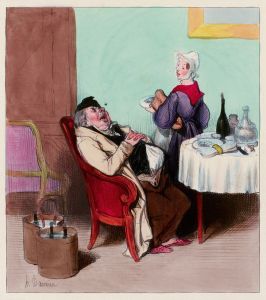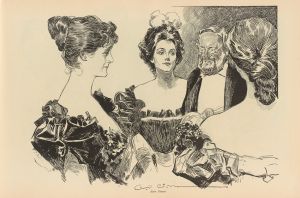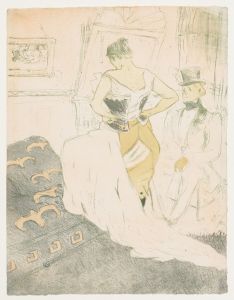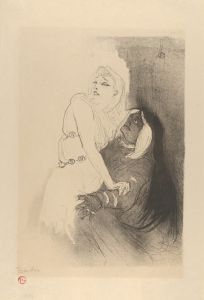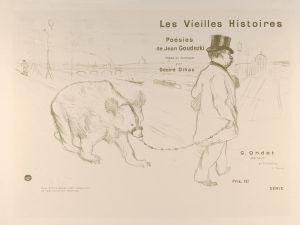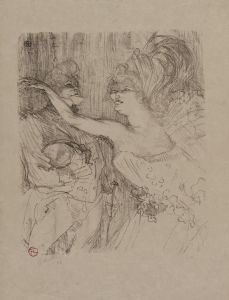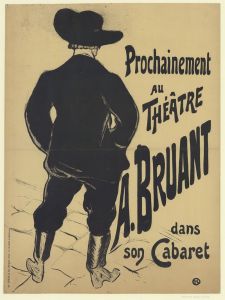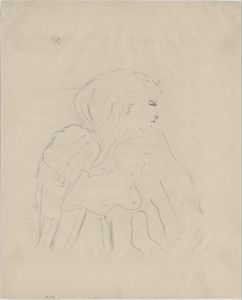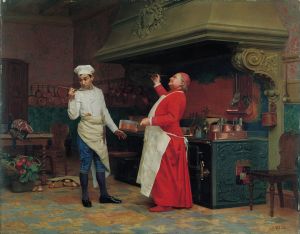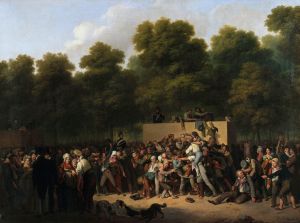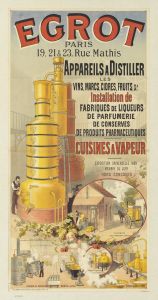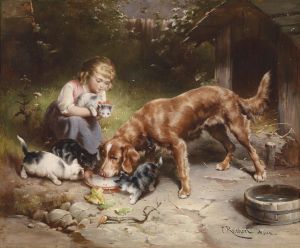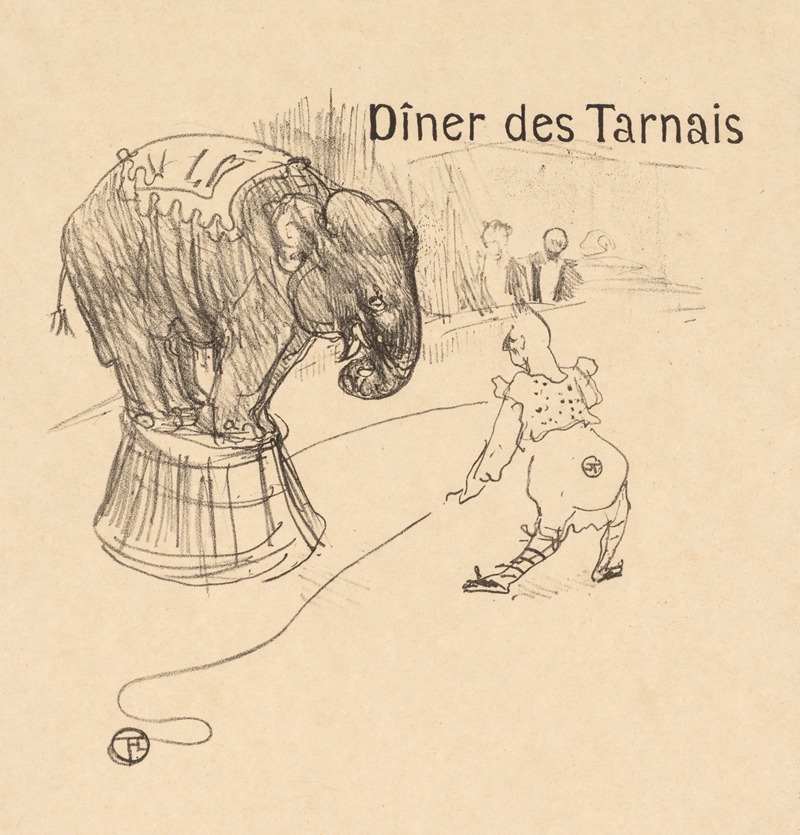
Menu from the Dinner Tarnais
A hand-painted replica of Henri de Toulouse-Lautrec’s masterpiece Menu from the Dinner Tarnais, meticulously crafted by professional artists to capture the true essence of the original. Each piece is created with museum-quality canvas and rare mineral pigments, carefully painted by experienced artists with delicate brushstrokes and rich, layered colors to perfectly recreate the texture of the original artwork. Unlike machine-printed reproductions, this hand-painted version brings the painting to life, infused with the artist’s emotions and skill in every stroke. Whether for personal collection or home decoration, it instantly elevates the artistic atmosphere of any space.
Henri de Toulouse-Lautrec, a prominent French painter, printmaker, and illustrator, is renowned for his depictions of the vibrant and often decadent nightlife of late 19th-century Paris. His works capture the essence of the bohemian lifestyle and the characters that populated the cabarets, theaters, and brothels of Montmartre. Among his extensive oeuvre, "Menu from the Dinner Tarnais" is one of the lesser-known pieces, yet it reflects his unique style and the cultural context of his time.
"Menu from the Dinner Tarnais" is not a traditional painting but rather an illustrated menu created by Toulouse-Lautrec. This piece exemplifies his ability to blend art with everyday objects, a practice that was not uncommon among artists of his era who sought to integrate art into daily life. Toulouse-Lautrec's menus often featured whimsical and humorous illustrations, showcasing his talent for caricature and his keen observation of human nature.
The Dinner Tarnais refers to a gathering or event associated with the Tarn region in France, where Toulouse-Lautrec's family had their roots. The artist was born into an aristocratic family in Albi, a town in the Tarn department, and he maintained a connection to his heritage throughout his life. This menu likely served as a souvenir or a commemorative piece for a specific event, reflecting the customs and social gatherings of the time.
Toulouse-Lautrec's style is characterized by bold lines, dynamic compositions, and a keen sense of movement, all of which are evident in his menu illustrations. His work often included elements of humor and satire, capturing the personalities and quirks of his subjects with a deft hand. This approach is consistent with the broader trends in art during the Belle Époque, a period marked by optimism, cultural flourishing, and a fascination with modernity.
In addition to his menus, Toulouse-Lautrec is best known for his posters and paintings of Parisian nightlife, particularly those featuring the Moulin Rouge and other iconic venues. His work played a significant role in elevating the status of the poster as a legitimate art form, and his influence can be seen in the development of graphic design and advertising.
Toulouse-Lautrec's life was marked by physical challenges due to a genetic disorder that affected his bone development, resulting in a distinctive appearance and short stature. Despite these challenges, he became a central figure in the Parisian art scene, forging friendships with other artists and writers and leaving a lasting impact on the art world.
While "Menu from the Dinner Tarnais" may not be as widely recognized as some of his other works, it provides insight into Toulouse-Lautrec's versatility as an artist and his ability to capture the spirit of his time through a variety of mediums. His work continues to be celebrated for its originality, technical skill, and the vivid portrayal of a bygone era.





